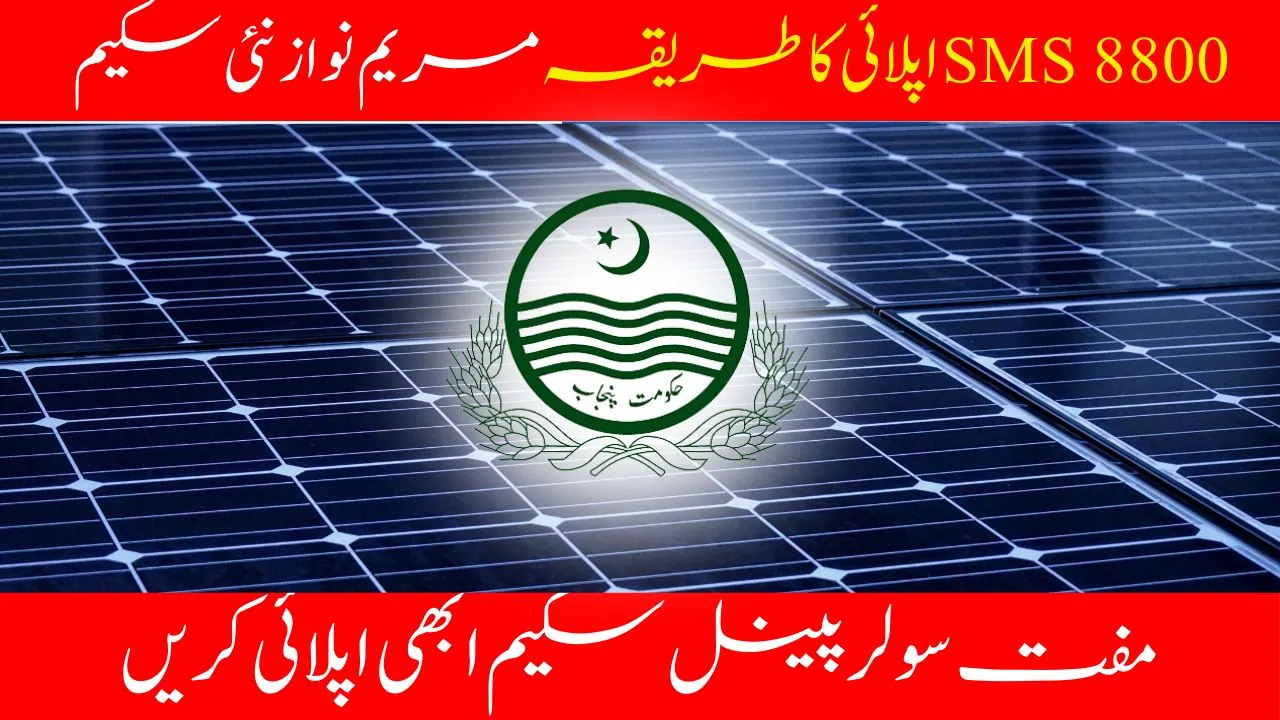Hybrid solar systems are popular in Pakistan due to their flexibility. They combine the features of both on-grid and off-grid systems, allowing users to connect to the utility grid and store energy in batteries. This dual function makes hybrid systems slightly more expensive but very efficient. Hybrid solar systems work with both utility grids and batteries, providing flexibility and reliability.
Contents
Hybrid Solar Systems Overview
A hybrid solar system uses a special inverter that can work with both grid electricity and battery storage. This means you can use solar energy to power your home or business, store excess energy in batteries for later use, and even sell surplus power back to the grid. This dual functionality makes hybrid systems versatile and practical.

Important Components of a Hybrid Solar System
Several key components make up a hybrid solar system:
- Solar Panels: Capture sunlight and convert it into electricity.
- Hybrid Inverter: Manages the power flow between solar panels, batteries, and the grid.
- Batteries: Store excess solar energy for use when the sun isn’t shining.
- Charge Controller: Regulates the energy flow to and from the batteries.
- Net Metering System: Allows you to sell excess energy back to the grid.
- Monitoring System: Tracks the performance of your solar system.
How Does a Hybrid Solar System Work?
A hybrid solar system generates electricity from sunlight and stores it in batteries for later use. During the day, solar panels produce energy, which charges the batteries. If there is any excess energy, it can be sent to the grid. At night or during cloudy days, the system uses the stored energy from the batteries. If the batteries run out, the system can draw power from the grid.
Features of Hybrid Solar Systems
Hybrid solar systems offer several important features:
- Energy Storage: Stores energy in batteries for use during non-sunny periods.
- Grid Connection: Can sell excess energy to the grid, reducing electricity bills.
- Automatic Switching: Automatically switches between solar, battery, and grid power based on availability.
- Cost Savings: Reduces electricity bills and can provide a return on investment through net metering.
- Flexibility: Works seamlessly with both grid and battery power sources.
Advantages of Battery Storage
Using batteries in a hybrid system offers several benefits. It reduces dependence on the electricity grid and ensures power availability during outages. This setup can lower electricity bills by using stored solar energy. It also positively impacts the environment by reducing carbon emissions through renewable energy use. Additionally, batteries provide reliable backup power during power cuts or emergencies.
Disadvantages of Battery Storage
Although battery storage has many benefits, it also has some downsides. Batteries are costly, increasing the overall system price. They have a shorter lifespan compared to other components, needing replacement every few years. Installing batteries requires space, which might not be available in all homes. Additionally, they need regular maintenance to keep them working well.
Also Read: Why People Are Disqualified from the Ehsaas 8171 Program Recent Update 2024
Conclusion
Hybrid solar systems are an excellent option for those looking to use renewable energy while maintaining a reliable power supply. They combine the benefits of both on-grid and off-grid systems, providing flexibility, cost savings, and energy independence. While they are more expensive upfront due to the cost of batteries, the long-term benefits and potential savings make them a worthwhile investment for many households and businesses in Pakistan.




